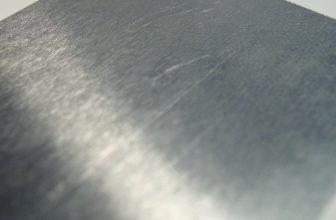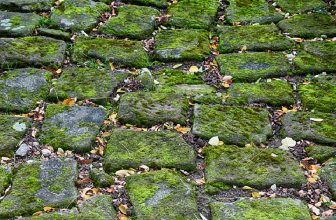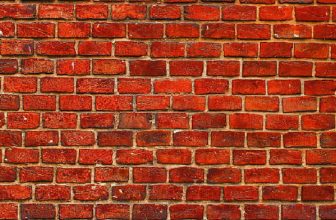How to Clean Discolored Tile
Tile can become discolored for various reasons, from general wear and tear to water damage. So if your tile is starting to look a bit dingy, don’t worry there are ways to clean it and restore its appearance.
In this blog post, we will discuss a few methods on how to clean discolored tile: using natural products, using bleach, and using a commercial grout cleaner. We will also provide tips on preventing tile discoloration in the future. Follow these simple steps, and your tile will be looking as good as new in no time!
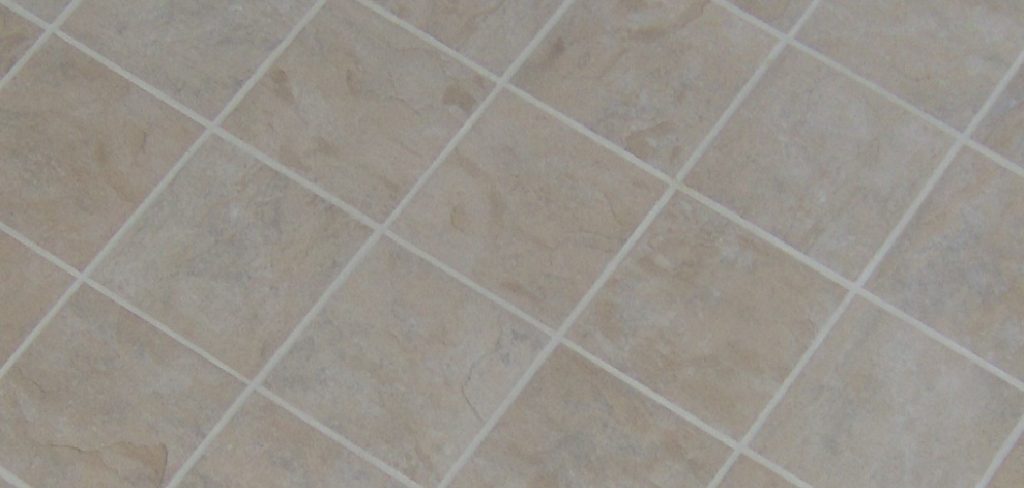
Five Reasons That Causes Discolored Tile
1. Many tile cleaning solutions have a high PH level, so if you mix it with water from your sink or toilet, which is also alkaline, it might cause discoloration.
2. If you have a cleaner made of bleach and water, sometimes your tile can absorb the color of the cleaner if left on for too long.
3. If you have bright white tile in your home, sometimes the sun can cause it to turn yellow.
4. If you have a darker grout color with lighter tiles, the feet of people who walk on them will also leave footprints that are hard to scrub out.
5. If you have a dark tile and then apply lighter grout, the tile can get discolored from the dirt that gets caught in between.
10 Easy Methods on How to Clean Discolored Tile
1. Use Baking Soda Paste:
If you have a discolored tile or grout, create your paste by combining baking soda and hydrogen peroxide. This method is highly effective for cleaning light-colored grout, but it will bleach dark grouts. Test this in an inconspicuous area before applying it to larger surfaces.
2. Use Vinegar:
Vinegar effectively cleans tile and grout and removes many stains like rust and mildew from porcelain tiles. Combine vinegar with salt to make a powerful cleaner that can be applied to both countertops and floors; the salt provides some abrasion to help break through the grime.
3. Use Baking Soda with Hydrogen Peroxide:
As with the baking soda paste, this is effective for removing mildew and rust stains from porcelain tiles. It also effectively cleans tile, grout, and stone countertops. The peroxide will bleach out any color in dark grouts, however, so avoid using it on these surfaces
4. Use a Citrus Cleaner:
The acidity of citrus peels gives them great cleaning properties. Though they tend to have a fresh scent, you can dust the peel with baking soda before using it as a cleaner to neutralize those harsh acids. Try using orange or grapefruit peels for this purpose.
5. Use Ammonia:
Ammonia is another highly effective tile and grout cleaner because its strong alkaline nature neutralizes acids in most household stains, including mildew, rust, and hard water deposits. If you don’t want the smell of Ammonia on your hands, wear rubber gloves when applying this cleaner to surfaces; once dry, rinse with warm soapy water to remove any remaining residue.
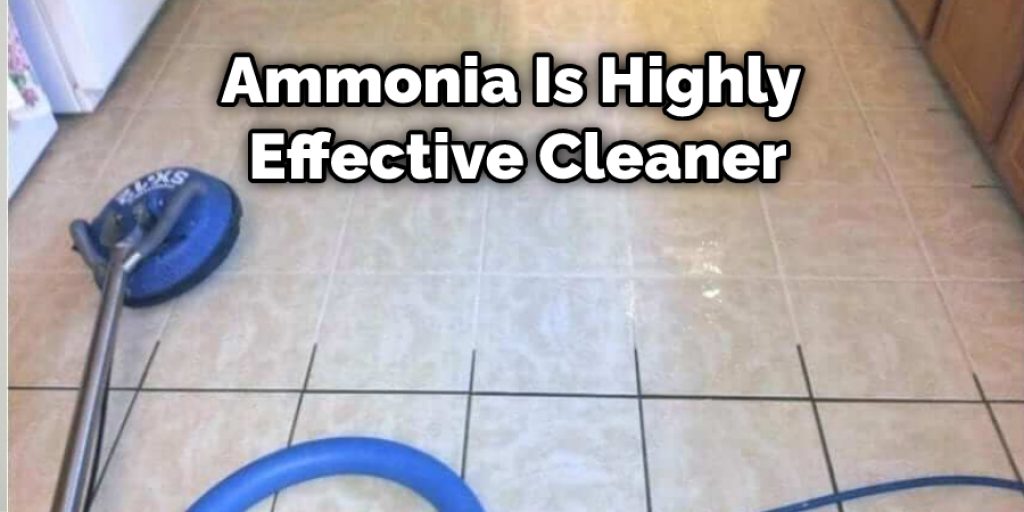
6. Use a Sink/Tile Cleaner:
There are several commercial cleaners on the market. Most of them have bleach or other harsh chemicals, so they require being applied in a well-ventilated area and handled with gloves. While these cleaners will do an excellent job of removing stains from porcelain tiles, they can discolor stone surfaces such as marble and travertine if left to sit for too long
7. Use Hydrogen Peroxide:
Hydrogen peroxide is great for bleaching out mildew and rust stains from porcelain tiles, but it also cleans lighter grouts. It’s best used by applying it directly onto the stain and allowing it to sit until dry before scrubbing away; if you have a large area to treat, dilute the peroxide with water before applying.
8. Use a Rubber Scouring Pad:
Rubber scouring pads are great for removing heavy buildup on counters and floors without scratching surfaces. They work best on lighter colors of grout but will also remove mildew and rust stains from porcelain tiles as well
9. Use a Toothbrush:
Toothbrushes work best on the grout between tiles rather than on heavier buildup. You can clean light-colored grout with baking soda and hydrogen peroxide or use toothpaste to remove surface stains from darker grout. Just scrub in small circles with an old toothbrush and rinse away any residue when you’re done
10. Use Clorox Cleanup:
Clorox Cleanup is a bleach cleaner perfect for porcelain tile and stone countertops because it won’t leave unsightly white residue behind like other cleaners can. It can also be used to clean floors if rinsed immediately after application. However, It doesn’t have nearly as much effect on dark-colored grouts grout.

Tile Stain Removal Tips for Ceramic, Porcelain, Slate, and More
1. Remove as much of the stain as possible with a clean, white cloth or paper towel. Rub with acetone (in nail polish remover) on a clean, white cloth/paper towel for stubborn stains.
2. If cleaning doesn’t remove the stain, try using an enzymatic cleaner such as Nature’s Miracle.
3. Blot the area with a clean cloth or paper towel. Rinse thoroughly.
4. If needed, try using hydrogen peroxide mixed 50/50 with water on a clean white cloth or paper towel until the stain disappears. Use enough water to not damage the surrounding tile, grout, or natural stone. Use household hydrogen peroxide, not a stronger form of hydrogen peroxide used for treating wounds.
5. If the stain returns after cleaning, it’s possible that something is unbalanced with your tile and grout. Use a poultice to treat the problem before trying again to remove the stain. Protect sensitive areas such as marble and granite with a barrier such as petroleum jelly before applying the poultice.
6. Mix equal parts baking soda and white vinegar to make a paste, adding water to get the right consistency. Put it on top of absorbent paper towels and place them over the stain for several hours or overnight.
7. Wet the stained area with warm water. Wet the stain again with white vinegar on a clean cloth or paper towel.
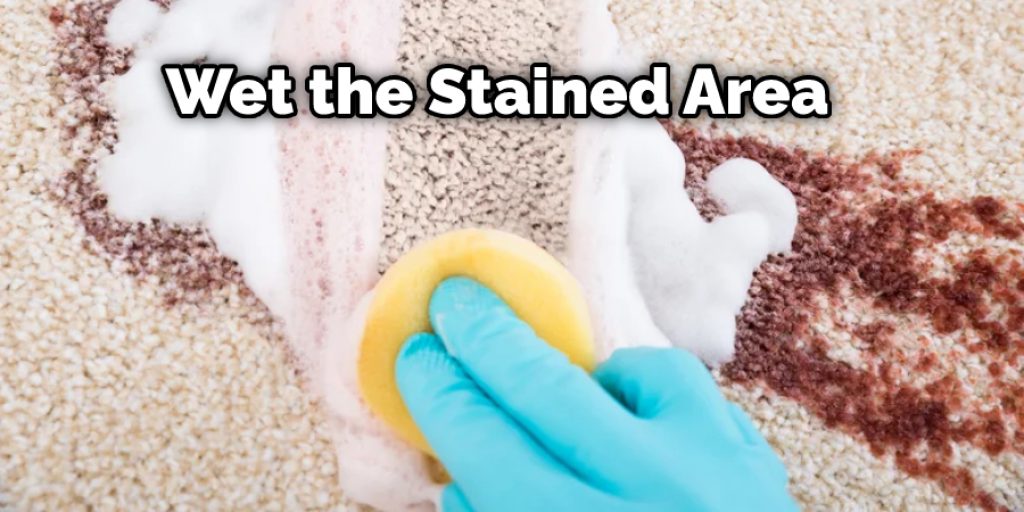
Why It’s Important to Clean Discolored Tile?
If you’re like most people, your home is full of tile surfaces. Tile flooring wall tiles (and even countertops) are used in homes to create a clean and modern look. But over time, these tiles can become discolored or stained by dirt buildup or spills.
Because this makes them look dirty, you might be tempted to clean them regularly. However, this can damage the tiles and wear the surface over time. If you want the full procedure for cleaning discolored tile, check this full blog post.
When Should You Clean Tile?
If you want to keep your tile floors or walls looking their best, it’s important to know when to clean them. Here are some helpful guidelines on when and how to clean discolored tile:
1. Dirty tiles can be cleaned with the right equipment and the right techniques. Although this is easy enough for most people, you should still use caution. When using a commercial cleaner, always follow the directions on the label and never use any abrasive material; this includes scouring pads, brushes, or sponges.
2. If your tiles show signs of wear, such as scratches or chips on the surface, you should take them to a professional for repair. Replacing worn tiles is a big project, and it’s one you should leave to the experts.
3. If your tile floors are particularly dirty or dusty, a vacuum will remove some of the particles more efficiently than a wet mop. However, it’s important to be careful when using a vacuum on tile floors because too much suction can damage the tile or grout joints.
4. Tile can withstand more abuse than many other surfaces, but it’s still important to be careful when cleaning it. Running a damp mop over tile floors, for example, is often enough to clean the surface without damaging it. But if your floor tiles are extra dirty, you might want to try using a special cleaner designed for ceramic or unsealed stone floors.
5. If you have tile countertops in your kitchen, remember that they are just as delicate as any other countertop material. Avoid using abrasive cleansers or scrub brushes when cleaning them, and don’t soak the surface when you clean it with water.
6. If you want to be sure that you clean your tiles properly, hire a professional. While tile is a durable surface, it does require special care. If you are not sure how to clean tiles in your bathroom or kitchen, check with a professional cleaner.
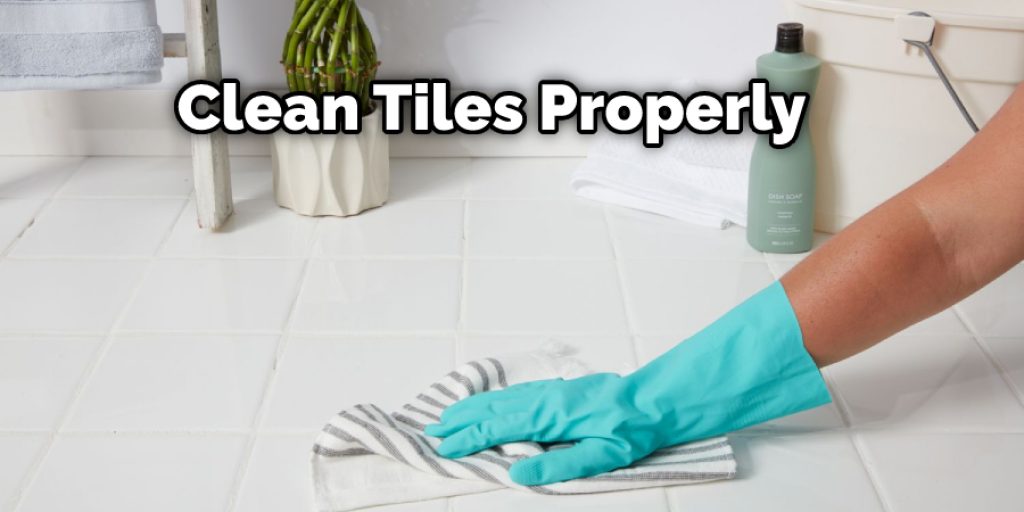
Conclusion
The key to cleaning tile is finding the right products. This article on how to clean discolored tile has gone over some of the best options for different discoloration and tiling materials, giving you all the information you need to decide which one might work for your needs.
If none of these seem like they would be a good fit, it’s time to do more research or consider hiring professional help. Also, be sure that whichever product you choose will clean and seal grout lines without damaging them; this way, any future stains can easily be removed with little effort on your part!

